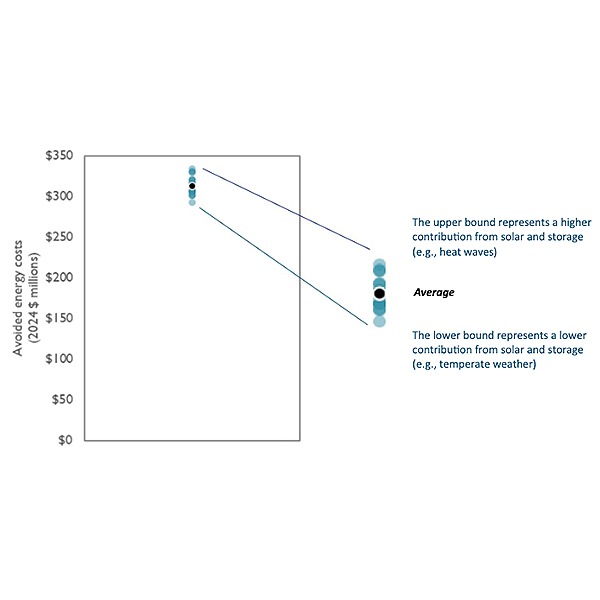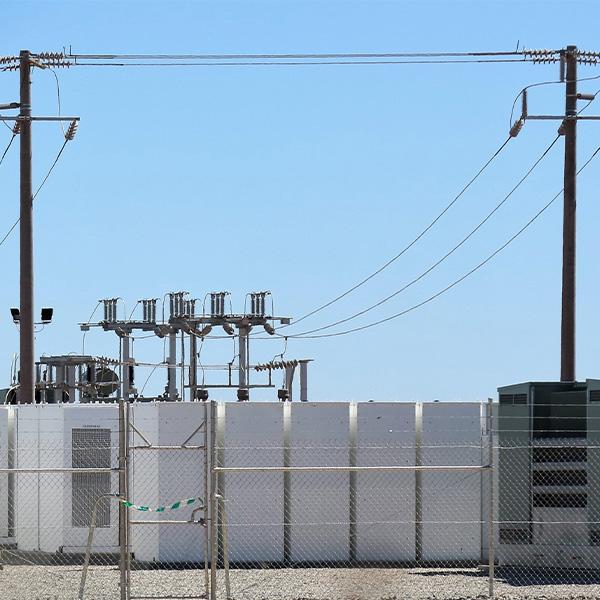Energy Storage
Responding to opposition from suppliers, IESO said it will not include a termination option in its procurement for long lead-time resources.
A new white paper from The Brattle Group and cybersecurity firm Dragos is sounding the alarm about the potential cybersecurity vulnerabilities posed by battery energy storage system infrastructure.
A new report estimates that solar and battery storage growth in New England between 2025 and 2030 could reduce wholesale energy costs across the region by about $684 million annually by 2030.
For the first time in PJM history, the market signal for flexible capability such as battery storage is strong, consistent and grounded in clear system need, says Ali Karimian of GridBeyond.
New solar, battery storage and onshore wind power generation totaled 11.7 GW in the third quarter of 2025, the American Clean Power Association reported.
Livewire columnist K Kaufmann argues that clean energy supporters should focus on a strategically planned, outcome-focused, and rapidly achievable transition toward renewables.
El Paso Electric again is seeking regulatory approval for its New Mexico renewable energy plan after resolving tariff-related cost uncertainty of a solar-plus-storage procurement proposed in the plan.
FERC largely approved compliance filings by three California investor-owned utilities related to interconnection queue requirements.
FERC staff warned that severe weather events "could create tight supply conditions" in some areas during the coming winter months.
IESO is considering a broader range of long-duration energy storage technologies in its upcoming long lead-time procurement (but will not include hydroelectric redevelopments, officials told stakeholders.
Want more? Advanced Search









